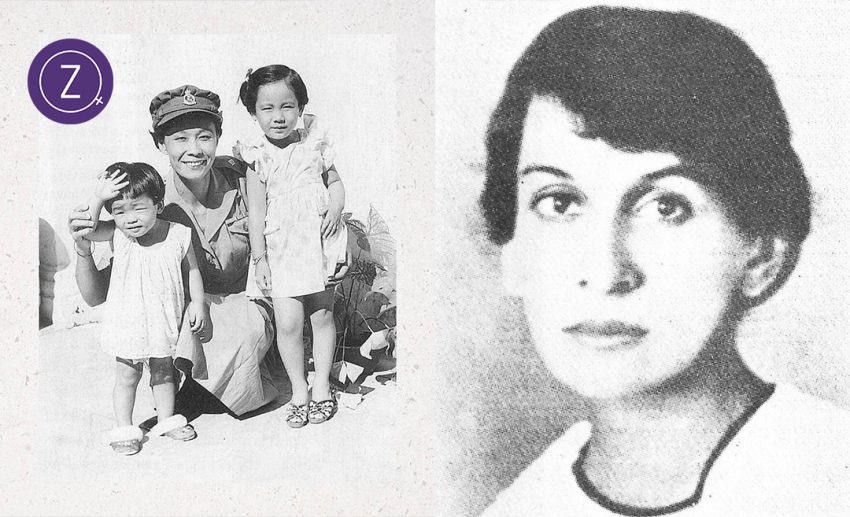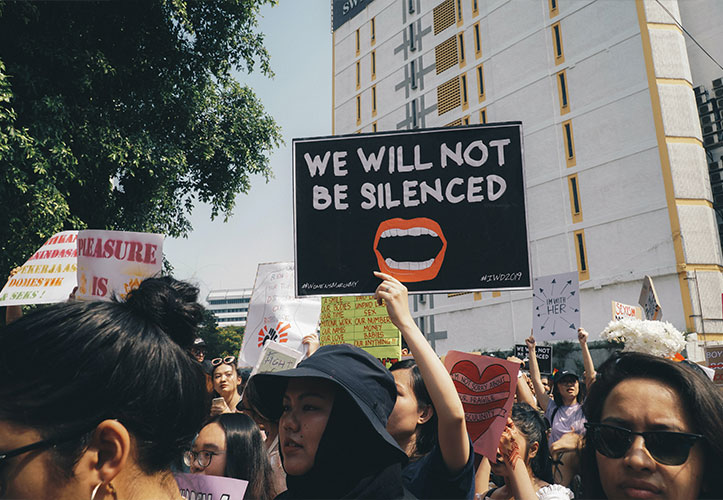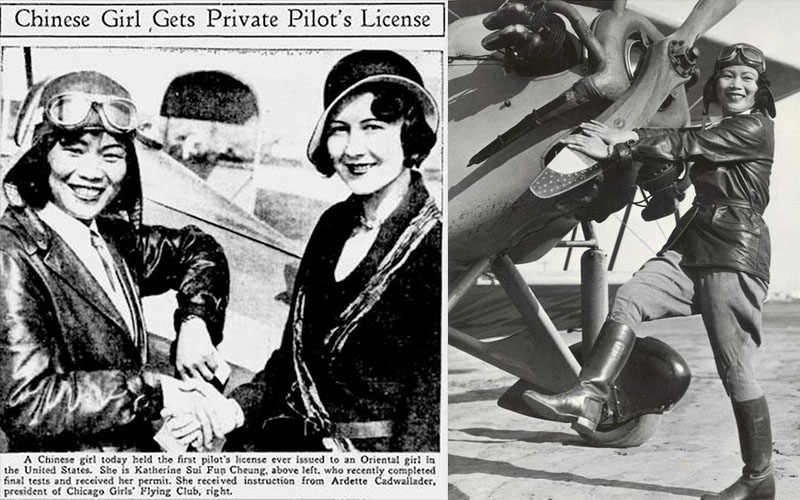
In the context of war, the utterly selfless and devoted contributions of women are often buried, dismissed, under-appreciated, or unrecognised by their countries, let alone awarded in equal to their male counterparts. And this sexism is exacerbated if these patriots come from racial or religious minority groups.
Nevertheless, these women have made their mark in history. Although ‘warrior’ implies being a literal soldier, those risking their safety and security in nursing the critically hit as well as providing sustenance and shelter to combatants are equally crucial members in times of war, thus rendering them worthy of sharing the title.
In continuing the celebration of women this month, we’ve rounded up some of the most iconic female warriors of Southeast Asia who deserve to be honoured and remembered:
Sybil Kathigasu – Malaysia
View this post on Instagram
During the Japanese invasion, this Cantonese-speaking freedom fighter worked with her husband, Dr Kathigasu, in their free clinic dispensing medicine to the locals and fighters of the Malayan People’s Anti-Japanese Army (MPAJA) after the Japanese army bombed Ipoh in 1941. She also kept a radio nicknamed ‘Josephine’ to listen to the BBC for news and relay information.
Unfortunately, Kathigasu was arrested and tortured when the Eastern invaders uncovered her endeavours. This relentless brutality involved fingernails ripped by pliers, legs scalded with iron rods, overconsumption of liquids so the Kempeitai (Japanese Military Police) can step on her bloated stomach, as well as spine and skull damage from severe beatings.
Despite the torment, she never revealed the names of those in the MPAJA. Sadly, she passed on from acute septicaemia due to a fractured jaw in 1948, but not before becoming the only Malaysian woman to receive the George Medal for Gallantry from King George VI.
Elizabeth Choy – Singapore
View this post on Instagram
In the course of the Japanese Occupation in Singapore, Kudat-born war heroine Elizabeth Choy earned her honour by clandestinely supplying food, medicine, money, messages, and radios to British prisoners-of-war (POW). She did this brave feat at the Singapore Mental Hospital while operating the establishment’s canteen with her husband.
The couple was eventually arrested and accused of being British sympathisers once suspected to be linked to the Double Tenth incident. She was held for 193 agonising days in a cramped cell with men, enduring endless torture during interrogations involving starvation, electric shocks, and water cure. In spite of the excruciating pain, the former educator never admitted to her charges of aiding the British.
After the war, Choy’s heroic efforts were awarded the Order of the British Empire while the Girl Guides honoured her with the Bronze Cross in recognition of her valour. Once she returned from England, she served in politics as the first and only woman in the Legislative Council for a full five-year term from 1951 before continuing her teaching profession. During this time, she expanded the Singapore Volunteers Corps and also founded the Singapore School for the Blind, becoming its first headmistress.
Nieves Fernandez – Philippines
View this post on Instagram
As the only known female guerrilla commander in WWII, it’s no surprise that the formidable Nieves Fernandez is on our list. When the Japanese stormed the shores of the Philippines in 1941, locals were forbidden from owning businesses and teaching, except those authorised by the invaders. As Fernandez was one of the many in both categories and faced the additional threat of having her students killed, her fiercely protective instincts transformed her from nurturing school teacher to stealthy lone assassin.
Nicknamed ‘The Silent Killer’, she would head into the jungle barefoot to ambush and kill dozens of enemy troops single-handedly using her makeshift shotgun and bolo (large, single-edged knife). The latter became Fernandez’s signature weapon due to her highly-adept skills in hand-to-hand combat. Inspiring the men of Tacloban, she eventually trained and led 110 resistance fighters under her captain title.
Aside from killing more than 200 Japanese soldiers, her guerrilla army also liberated POWs, comforted women, sabotaged enemy supplies, as well as raided the grounds of the Japanese Imperial Army itself. After two years, their victorious streak under Fernandez provoked the Japanese into offering a PHP10,000-bounty on her head. Although she was never captured, the warrior didn’t get away completely unscathed and had a bullet scar on her right forearm to show for it.
Keumalahayati – Indonesia
View this post on Instagram
Also known as Malahayati, this 16th-century Indonesian warrior became the first known female admiral in the modern world. Acquiring her passion for the sea and naval knowledge from her admiral father, the descendant of the first Sultan of Aceh had forgone traditional domestic life to pursue her dreams with her father’s blessings.
Fuelled by the death of her husband (whom she met at the naval academy) during a sea battle against the Portuguese, Keumalahayati requested the then Sultan of Aceh who was seeking to strengthen his own military power to establish her own army. Once granted, she assembled an all-female battalion comprising the widows of soldiers, collectively referred to as ‘Inong Balee’. One event detailed their ultimately successful counter-strike, involving several violent battles, against the hostile Dutch expedition commander Cornelis de Houtman. This particular exploit earned Keumalahayati the title of Laksamana (Admiral).
Apart from dominating in the aquatic battlefield, she also gained an exemplary reputation in diplomatic negotiations with the Dutch and English. True to the endings of most warriors, this mighty admiral was killed in combat against the Portuguese fleet at Teuluk Krueng Raya.
Thao Thep Krasattri and Thao Si Sunthon – Thailand
View this post on Instagram
Born as Than Phuying Chan and Khun Muk, it became clear that the clever and valiant daughters of the region’s governor were naturally-born warriors from the moment they deviated from ladylike norms by playing with swords. Fortunately for the nation, their determination and dedication in more ‘male-centric activities’ of the time resulted in their defense of Mueang Thalang (Phuket) from Burmese forces back in the 18th century.
As insecurity and instability stormed the land of Siam (Thailand) due to the shift into the Chakri dynasty under King Rama I, crime lurked around every corner, leading Chan to train the domesticated island women to learn sword-fighting. This effort ended up doubly fortuitous as Burma sought to use the turmoil in their favour by seizing Mueang Thalang.
Considering they were outnumbered and untrained with barely any contact or help from the palace, the sisters assembled the citizens, specifically the women to camouflage as soldiers, smear coral woods with tin to mimic weapons and instructed cannons to take position along the city walls each night. Consequently, Burma reconsidered the perceived strength of the defences and kept holding off the attack.
When the weakened Burmese eventually attacked after five weeks, the sisters retaliated with cannons, gunfire, and fire torches that burned areas of their campsite and led to the panicked retreat of the Burmese forces. For their bravery, the king awarded them the honourable styles of Thao Thep Krasattri and Thao Si Sunthon, respectively.
Trưng Trắc and Trưng Nhị – Vietnam
View this post on Instagram
Locally referred to as ‘Hai Ba Trưng’ (the Two Sisters), this dynamic duo was made up of the charismatic Trưng Trắc along with the skilful Trưng Nhị. These women remain among the most iconic duo in Vietnamese history too for spearheading the revolt against the Chinese empire and temporarily forming an autonomous state approximately 2,000 years ago.
Exhausted with the overbearing imposition of sinofication and tribute taxes by the oppressive regime during the Han dynasty, Trưng Trắc and her husband protested against the cruel Chinese governor, To Dinh, who supposedly had the latter brutally killed. When Trưng Trắc overtook the movement, the sisters mobilised Vietnamese lords as well as gathered and trained an army of 80,000 locals – comprising mostly women including their own mother – to be rid of the colonisers. Also, it’s believed that the two fierce warriors charged into battle atop elephants!
Thanks to the matriarchal system in place before the Chinese invasion (and their own leader/soldier-like traits), they easily gained respect as leaders, leading to their success in reclaiming 65 citadels, driving out the To Dinh and running a new state for three years. Unfortunately, their rule ended when China attacked and regained control thanks to the considerably stronger Chinese regime under General Ma Yüan. Unable to face defeat, the Trưng sisters committed suicide by drowning in the river as it was believed to be the more honourable thing to do.
Follow Zafigo on Instagram, Facebook, and Twitter. Sign up to our bi-weekly newsletter and get your dose of travel tales, tips, updates, and inspiration to fuel your next adventure!

